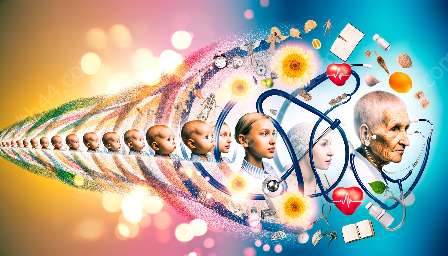Introduction
Infectious diseases are caused by pathogenic microorganisms such as bacteria, viruses, fungi, and parasites. These diseases can be transmitted from one person to another, and they have a significant impact on public health. Understanding infectious diseases is crucial for health education and medical training, as it enables healthcare professionals to effectively prevent, diagnose, and manage these conditions.
Types of Infectious Diseases
Bacterial Infections: These diseases are caused by bacteria and can affect various parts of the body, leading to conditions such as pneumonia, urinary tract infections, and tuberculosis.
Viral Infections: Viruses cause diseases such as the flu, HIV/AIDS, and COVID-19. These infections can spread rapidly and have the potential to cause pandemics.
Fungal Infections: Fungi can cause infections in the skin, lungs, and other organs, leading to conditions like athlete's foot, yeast infections, and invasive fungal diseases.
Parasitic Infections: Parasites such as protozoa and helminths can cause diseases like malaria, giardiasis, and schistosomiasis, affecting millions of people worldwide.
Transmission and Spread
The transmission of infectious diseases can occur through various routes, including direct contact, droplets, contaminated food or water, insect bites, and airborne particles. Understanding the modes of transmission is essential for healthcare professionals to implement appropriate preventive measures.
Impact on Health
Infectious diseases have a significant impact on public health, leading to illness, disability, and mortality. They also place a substantial burden on healthcare systems and can have economic and social implications for affected individuals and communities.
Prevention and Control
Vaccination: Vaccines play a crucial role in preventing infectious diseases by priming the immune system to recognize and respond to specific pathogens. Vaccination programs are essential for controlling the spread of diseases such as measles, polio, and hepatitis.
Hygiene Practices: Good hygiene, including handwashing, proper sanitation, and food safety measures, can help prevent the transmission of infectious agents and reduce the risk of infection.
Infection Control Measures: Healthcare facilities implement strict infection control protocols to prevent healthcare-associated infections and limit the spread of pathogens within healthcare settings.
Diagnosis and Treatment
Diagnosing infectious diseases often involves conducting laboratory tests, imaging studies, and clinical assessments to identify the causative agent and determine the most appropriate treatment approach. Antimicrobial therapies, antiviral medications, and antifungal drugs are used to manage infectious diseases, while supportive care may be necessary to address associated symptoms and complications.
Global Health Considerations
Infectious diseases are a global concern, and effective public health strategies are essential for controlling and managing these conditions on a global scale. Collaborative efforts, surveillance systems, and research initiatives are crucial for addressing emerging infectious threats and ensuring health security.
Conclusion
In conclusion, understanding infectious diseases is fundamental for health education and medical training. By learning about the types, transmission, impact, prevention, and management of infectious diseases, healthcare professionals can contribute to improving public health and reducing the burden of these conditions on individuals and communities.

















